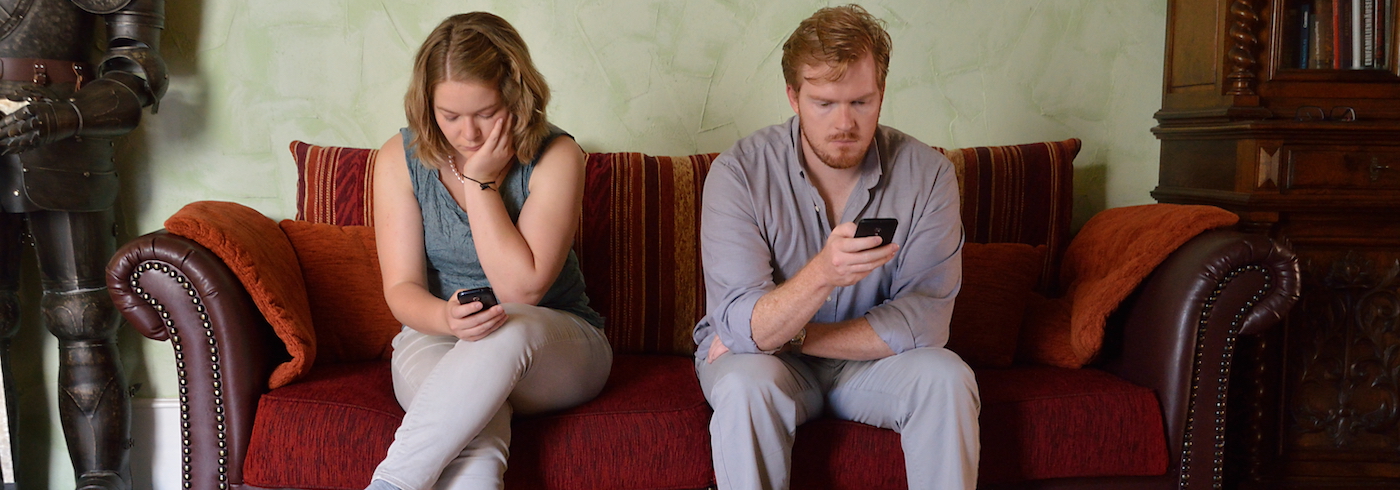How to Share When They Don’t Care
Review of ‘Apatheism’ by Kyle Beshears
When I became a pastor in 1990, seeker was the term of art for a nonbeliever. Churches such as Willow Creek and Saddleback had popularized the term as part of their attractional ministry model. Rather than emphasizing that a person lacked faith, the word emphasized that a person possessed spiritual curiosity.
Using seeker this way made sense at that time. The share of Americans who self-identified as evangelical Christians hit its high watermark in 1993. According to the General Social Survey, the evangelical share of the population grew 76%, from 17% of the population in 1972 to 29.9% in 1993. No wonder evangelicals thought nonbelievers were seekers! A lot of them were.
They aren’t any longer, though. Since 1993, the evangelical share of the U.S. population has declined more than a quarter, from 29.9% in 1993 to 21.6% in 2018. Nones — people who claim no religious affiliation — are now more numerous than evangelicals. Their share of the population has grown 465%, from 5.1% in 1972 to 23.7% in 2018.
Just as evangelicals were wrong to attribute spiritual curiosity to all nonbelievers in 1993, we would be wrong to attribute spiritual hostility to all nonbelievers today. Nonbelievers are not necessarily would-be theists, but they’re not necessarily ticked-off atheists either. Instead, they’re what Kyle Beshears calls apatheists. They’re “cognitively indifferent and emotionally apathetic” about God. They don’t know, and they don’t care.
According to Beshears, apatheism’s “dual aspect” springs from four sources. Cognitively, apatheism becomes widespread when belief in God is “contestable” and “diverse.” Emotionally, it happens when status in life is “comfortable” and “distracted.” Let’s take a brief look at each of these four sources.
First show nonbelievers that faith in Christ is desirable.
1. Contestable. The statistics cited above indicate that American society is becoming less religious, more secular, and more skeptical. In that sense, secularism is a story of subtraction. People believe less than they used to. They’ve taken away the super from supernaturalism.
2. Diverse. However, secularism isn’t just a subtraction story. It’s also an addition story. Think of the quotation (wrongly) attributed to G.K. Chesterton: “When men choose not to believe in God, they do not thereafter believe in nothing; they then become capable of believing in anything.” Secularism doesn’t present a binary choice between belief and nonbelief. It adds — even multiplies! — intellectual options.
Because belief is now contestable and diverse, Beshears argues, “some people lack the reason to care about God.”
Now let’s consider the emotional sources:
3. Comfortable. Psychologists Ara Norenzayan and Will Gervais argue, “Where life is safe and predictable, people are less motivated to turn to gods for succor.” Apatheism grows in “conditions of existential security,” they write. We need God only when we get into trouble, in other words. This is bad theology, of course, but nevertheless a good description of how many Americans operate, spiritually speaking.
4. Distracted. Not only are secular people safe, but their faces are also aglow in screens that glitter 24/7/365. Today, we have access through our cellphones to more information than all previous generations combined, but social media keeps notifying us that more info has arrived and demands our immediate attention. Consequently, Beshears argues, “It feels nearly impossible to meditate on any one thing at a time. This includes the most worthy object of our meditation — God.”
The upshot of these two additional forces is that “people lack the motivation to care about God because of affluence and technology,” writes Beshears.
So, how do we evangelize apatheists? It’s one thing to share the gospel with people deeply invested in spiritual matters, even if they’re on the other side (such as atheists or adherents of non-Christian religions). But what do you do with people who don’t know and don’t care?
According to Beshears, you lean into joy.
The first way you lean into joy is by being authentically joyful yourself. “Apatheists need a credible witness of God’s person and work,” he writes. “If apathy is the opposite of affection, and a faithful affection is where we want to help apatheists go, then we need first to show them what they’re missing out on.” In other words, first show nonbelievers that faith in Christ is desirable.
Then show them it’s true. All people desire to be happy, to live joyfully. Biblical joy is paradoxical, however. “We rejoice because of God and his redemptive action,” Beshears writes, “and we rejoice in spite of circumstances that bring grief and sorrow.”
This because of/in spite of paradox applies to apatheists, too. The crucial question is whether the sources of their happiness (their because ofs) can sustain them through difficult times (their in spite ofs). Beshears argues that they can’t, because our creaturely circumstances inevitably disappoint.
Instead, we must look outside ourselves, our relationships, and our things to a more transcendent, permanent source of joy. This is God. As Augustine prayed, “You have made us for yourself, and our heart is restless until it comes to rest in you.”
I highly recommend Apatheism to Christian leaders struggling to figure out how to bring the joy of the gospel to bear on a culture that doesn’t know and doesn’t care. May we, like the angel of the Lord in Luke 2:10, bring our culture “good news that will cause great joy for all the people.”
Book Reviewed
Kyle Beshears, Apatheism: How We Share When They Don’t Care (Nashville, TN: B&H Academic, 2021).
Influence Magazine & The Healthy Church Network
© 2025 Assemblies of God

